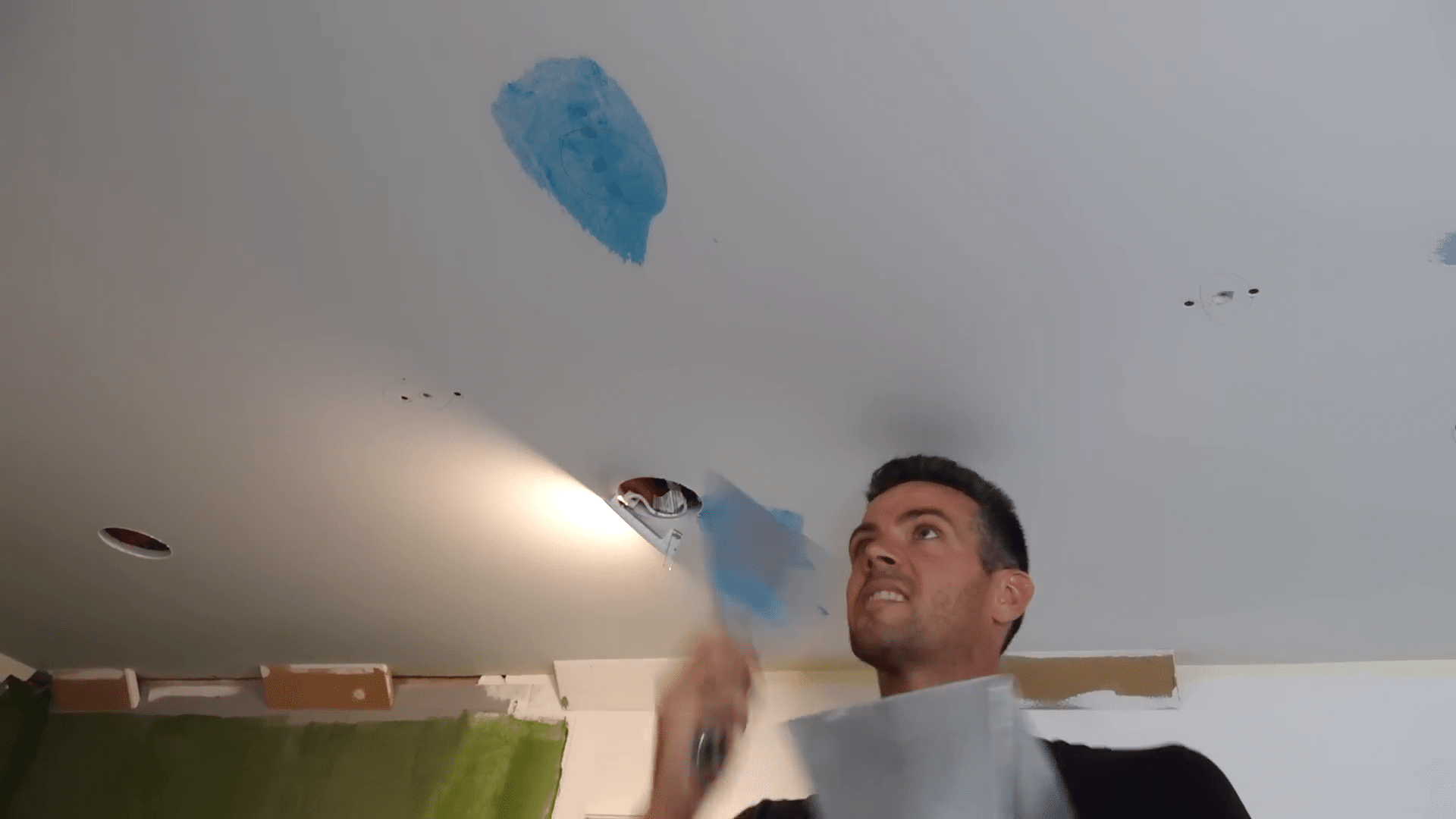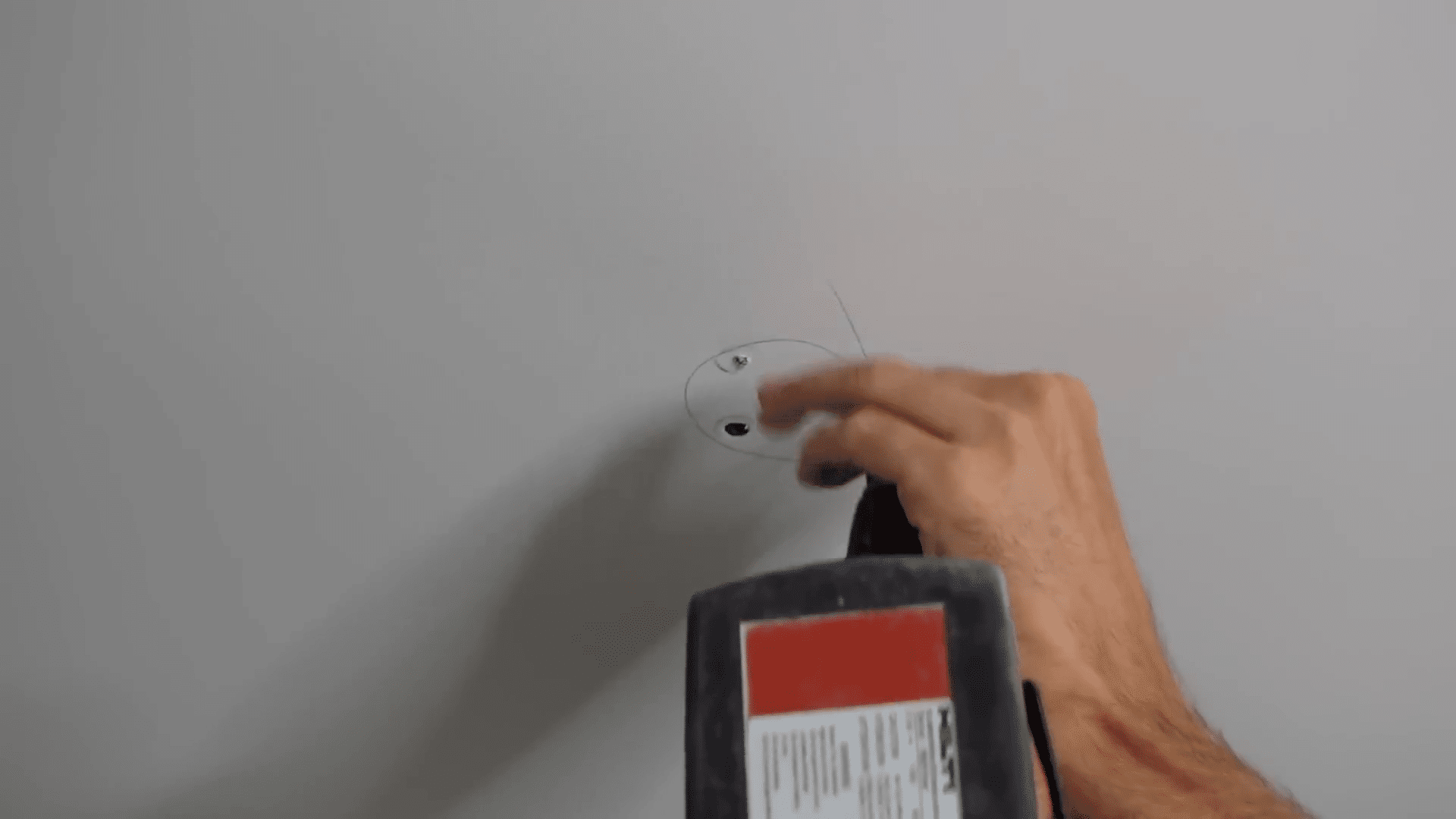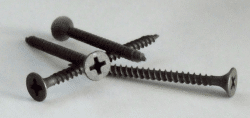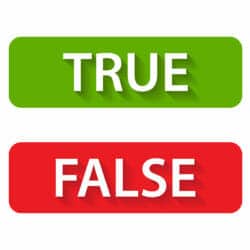Guide to Fixing and Preventing Screw Pops in Drywall
Identifying and Addressing Screw Pops in Drywall
Screw pops in drywall are a common issue that can mar the smooth surface of your walls or ceilings. This problem occurs when there is a small space between the drywall and the stud or rafter, causing the head of the screw to push through the drywall compound. Detecting these flaws is the first step in the repair process. Using a bright light angled across the surface can help highlight the imperfections, making them easier to identify.
Once identified, the typical approach involves sinking the screw back into the drywall to re-secure it. This process may seem straightforward, but it requires precision to avoid further damage, such as tearing the paper of the drywall. Utilizing the correct type of screws is vital; for instance, coarse thread screws are preferable for wood, whereas fine thread screws are suited for metal studs.
Choosing the Right Tools and Techniques
When addressing screw pops, it is crucial to use tools and materials that are compatible with your drywall. For wood frames, coarse-threaded screws that are adequately long to penetrate both the drywall and the wood are essential for a firm hold. The length and type of screw depend on the thickness of the drywall and the nature of the underlying frame. For half-inch drywall, screws should be at least an inch and a quarter long.
In instances where screws are set too deeply into the drywall, it might be necessary to add additional screws around the affected area to stabilize the panel. This technique ensures that the drywall is firmly anchored and helps prevent future pops in nearby areas. It’s also important to adjust the screw depth appropriately to avoid puncturing the paper face of the drywall, which can weaken the hold.
Repairing the Drywall Surface
After securing the drywall, the next step is to patch the imperfections left by the screw pops. This usually involves applying a joint compound to fill the holes and create a smooth, even surface. Quick-set drywall mud is often preferred for its fast drying time, although it requires skillful application to avoid lumps and ensure a smooth finish. For deeper repairs, multiple layers of mud may be necessary, with each layer needing to dry thoroughly before the next is applied.
Coloring the mud can help make the repairs more visible and ensure that none are missed during the priming and painting stages. Once the mud has set, it should be sanded down to a flat finish, blending seamlessly with the surrounding area. This step is crucial for achieving a professional-looking repair that will not be noticeable once painted.
Preventing Future Screw Pops
Prevention of future screw pops starts with the proper installation of drywall. Ensuring that the drywall sheets are securely fastened to the studs or rafters with appropriately sized and spaced screws can significantly reduce the likelihood of pops. During installation, the screws should not be driven too deep into the drywall, as this can compromise the integrity of the drywall paper and the holding strength of the screw.
It’s also beneficial to use screws designed specifically for the type of stud material, whether wood or metal. This attention to detail will help maintain the durability and appearance of the drywall over time, reducing the need for frequent repairs.
Final Thoughts on Drywall Maintenance
Repairing screw pops is a common part of maintaining a home’s drywall. While it can be a straightforward process, it requires attention to detail and the right techniques to ensure a lasting repair. By understanding the causes of screw pops and how to effectively address them, homeowners can keep their walls and ceilings looking their best. Consistent maintenance and proper initial installation of drywall are key to avoiding these issues and ensuring that the drywall remains an attractive and integral part of your home’s interior.











